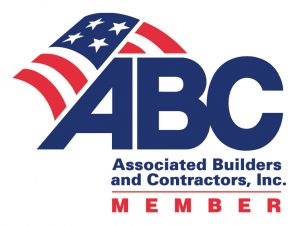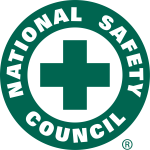Mother Nature’s Electricity: Lightning

Spring and summer may be the time most people think of storms and lightning strikes, however lightning can strike at any time of the year. Hundreds of people are struck and permanently injured each year from lightning strikes, not to mention some deaths. Unfortunately, lightning is so commonplace to the average person that they disregard the very real threat posed by it.
Lessen your chances of being struck indoors during storms by staying off corded phones. It’s ok to use a cell phone or cordless phone as long as they are not attached to a charger. Stay off of computers or other appliances directly connected to electricity. When in doubt, unplug your computer or other electric appliances to ensure them not being struck by a random bolt of lightning.
In addition to direct strikes, lightning generates electrical surges which can damage equipment far from the actual strike. Typical surge protectors will NOT protect your equipment.
There are 3 common ways lightning can enter your building: first is a direct strike; second, through wires or pipes that extend outside the structure, and lastly, through the ground. Once inside, lightning can travel through the electrical, phone, plumbing and electronic reception lines. It can also travel through the metal wires or bars that reinforce concrete.
The best way to stay safe from lightning is to avoid the threat. Simply put, stay indoors in a safe shelter. A safe shelter from lightning is either a substantial building or an enclosed metal vehicle.
A safe building is one that is fully enclosed with a roof, walls and floor, and has plumbing or wiring. Examples include a home, school, church, hotel, office building or shopping center. These buildings are more likely to provide the grounding needed to handle a direct lightening strike. During the storm turn off and unplug radios, corded phones and computers. The surge caused by a lightning strike can destroy these electronic devices.
Unsafe buildings include car ports, open garages, covered patios, picnic shelters, beach pavilions, golf shelters, tents of any kinds, baseball dugouts, sheds and greenhouses.
A safe vehicle is any fully enclosed metal-topped vehicle such as a hard-topped car, minivan, bus, truck, etc. While inside a safe vehicle, do not use electronic devices such as radio communications during a thunderstorm. If you drive into a thunderstorm, slow down and use extra caution. If possible, pull off the road into a safe area. Do not leave the vehicle during a thunderstorm. Unsafe vehicles include golf carts, convertibles, motorcycles, or any open cab vehicle.
For more information about lightening safety visit: https://www.weather.gov/safety/lightning
Get in touch
AEIOK - TULSA
1424 E 3rd St
Tulsa OK 74120
AEIOK - OKC
317 N Portland Ave, Suite D
Oklahoma City, OK 73107
Phone
Questions?
ABOUT US
Specializing in commercial and industrial installations, service, and maintenance.
Native American Owned. General Construction, Electrical, Material Handling. Licensed in OK and AR.
CONTACT US
Tulsa
1424 E 3rd St
Tulsa, OK 74120
Oklahoma City
317 N Portland Ave, Ste D
Oklahoma City, OK 73107
Toll Free:
800-583-3727




0 Comments